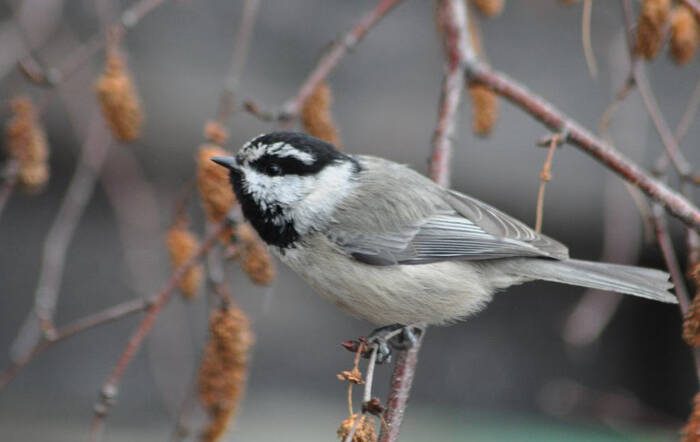Parus superciliosus
IUCN
LCBasic Information
Scientific classification
- name:Parus superciliosus
- Scientific Name:Parus superciliosus
- Outline:Songbird
- Family:passerines paridae tit
Vital signs
- length:About 13 cm
- Weight:About 11g
- lifetime:No verification information
Feature
The white eyebrow lines are obvious, and the top of the head and chest pocket are black.
Distribution and Habitat
Endemic to central and western China. Domestic distribution: Qinghai (Datong, Qilian, Tongren, Qaidam Delingha, Dari, Yushu, Qumalai), Gansu (Wuwei, Lanzhou, Tianzhu), Sichuan (Songpan, Shiqu, Kangding, Litang), Tibet (Lhasa, Linzhou, northern Qamdo)
Distribution: Not uncommon in Nanshan and eastern Qinghai to southern Gansu and northern Sichuan Songpan and Qamdo in Tibet. Also recorded in Lhasa in southern Tibet.
Inhabits hillside shrubs at an altitude of about 3000-4000 meters
Appearance
Small (13 cm) tit. The white eyebrow lines are obvious, and the top of the head and breast pocket are black; the white on the forehead extends back to form long white eyebrow lines; the side of the head, flanks and abdomen are tan; the skin of the buttocks is yellow; the upper body is dark gray with olive color. The difference from the red-bellied tit is that it does not have white cheeks and lives in the habitat of shaolin trees.
Iris - brown; mouth - black; feet - slightly black.
Call: A noisy, crisp bell-like whistle, resembling the beeping and trilling of an insect. The sounds are complex and varied.
Details
White-browed Tit is a species endemic to China with no subspecies.

White-browed Tit likes to form small groups, sometimes mixed with warblers to feed in high mountain dwarf cypress trees and rhododendron bushes.
The call of the white-browed tit: a noisy, crisp bell-like whistle, similar to the beeping and trilling of insects. The call is complex and varied.
Listed in the "List of Terrestrial Wildlife with Important Economic and Scientific Research Value Protected by the State" (Item 604) issued by the State Forestry Administration of China on August 1, 2000.
Listed in the second level of China's "List of National Key Protected Wildlife" (February 5, 2021).
Protect wild animals and eliminate game.
Maintaining ecological balance is everyone's responsibility!








